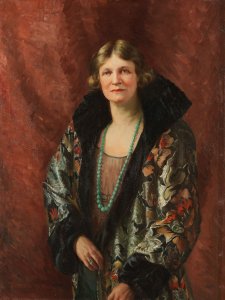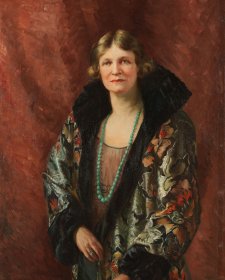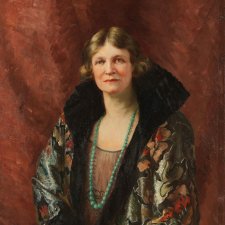- About us
- Support the Gallery
- Venue hire
- Publications
- Research library
- Organisation chart
- Employment
- Contact us
- Make a booking
- Onsite programs
- Online programs
- School visit information
- Learning resources
- Little Darlings
- Professional learning
Dame Jean Macnamara DBE (1899–1968), medical doctor and scientist, was involved in crucial research into poliomyelitis during the 1920s and 1930s. After graduating in medicine from the University of Melbourne, she was appointed resident medical officer at the Royal Children's Hospital and began to specialise in the treatment of polio. Awarded a Rockefeller Foundation Travelling Scholarship, between 1931 and 1933 she studied in the USA, Canada and England. Returning to Melbourne, she worked at the Children's Hospital and at the Walter and Eliza Hall Institute, and was honorary medical officer to the physiotherapy department of the Royal Children’s Hospital from 1928 to 1951. From the early 1930s, Macnamara campaigned for the introduction to Australia of the myxoma virus. In the face of commercial opposition, she maintained that if the country was to be left with any topsoil, the rabbit must be eradicated. Myxomatosis struck in the late 1950, and a year later rabbit numbers were so reduced that the national wool cheque was said to have increased by £30 million.
In the early 1930s, Macnamara's work with Frank Macfarlane Burnet led to the identification of multiple strains of the polio virus and proved pivotal in the development of the Salk vaccine. This studio photograph of Macnamara was taken around that time and captures a strong, determined woman at the peak of her career.
Gift of Merran Samuel (nee Connor) 2004. Donated through the Australian Government's Cultural Gifts Program.
Merran Samuel (1 portrait)



On one level The Companion talks about the most famous and frontline Australians, but on another it tells us about ourselves.



First Ladies profiles women who have achieved noteworthy firsts over the past 100 years.



Visit us, learn with us, support us or work with us! Here’s a range of information about planning your visit, our history and more!